When I last visited the National Museum of African American History and Culture, I started…

April 5 found our group at the National Museum of African American History and Culture (NMAAHC) where our topic for the afternoon was “Using Technology to Explore Our Nation’s Difficult Past”.
The afternoon began with Dr. Rex Ellis, Associate Director for Curatorial Affairs at the museum, and Kinshasha Holman Conwill, Deputy Director of the museum, providing a history and overview of the NMAAHC. They spoke about the challenges faced in building the museum itself and developing a collection from scratch as they did not have a founding collection. Each design decision, each acquisition decision was made with an awareness of the museum’s mission: to tell the American story through the lens of African American History and Culture in ways that allow the visitor to connect with that history. When asked about dealing with controversial topics and events, both Kinshasha and Rex agreed that rather than avoid, there has been a conscious effort to deal with controversies directly. The belief that a story can only be told completely when it is told through a variety of lenses, or points of view guides their work. The belief is that when history is recounted with fairness, compassion and empathy, reconciliation and healing become possible.
“Using Technology to Explore our Nation’s Difficult Past” was the focus of a joint presentation by Jessica Johnson, Social Engagement Producer, Helynsia Brown, Chief Technology Officer and Adam J. Martin, Chief Digital Officer. Fellows learned the variety of ways technology is being used throughout the museum to engage visitors as well as the ways a number of social media platforms are being utilized to reach those who aren’t able to visit in person.
Jessica spoke of the role of technology as a way to bring the museum’s narrative alive. One of the founding goals of the museum has been to provide interactive visitor experiences. “Visitor Voices”, uses recording booths throughout the museum where visitors record and share their own stories. They later receive an email with a link to their video, and some are broadcast on the museum’s You tube channel. In the museum’s first year more than 30,000 stories were recorded. Adam spoke in detail about the process of developing the interactive exhibits throughout the museum. For example, in recognizing that these exhibits need to be accessible to a broad population of visitors, there is an understanding that there must be various points of entry. An exhibit such as the one which allows visitors to experience what it was like to travel guided by the “Green Book” can help develop a deeper understanding of, and empathy for what that experience was like. Helynsia introduced the Fellows to the Google 3D wall, an effort that was both cross-dimensional and cross-curatorial as it relied on the expertise of curators working with technology experts to select objects, that not just fit into the 3D scanner, but could stand alone and convey a story. This was followed with a visit to Explore More!, where Fellows had the opportunity to engage with a number of interactive exhibits.
The last part of the afternoon was spent in a roundtable Q&A session. Fellows heard about some of programs that are extending the reach of the museum beyond its walls. Community curation is one example of outreach programming that is allowing museum staff to work with individuals in the community. There are ongoing efforts to develop collaborative partnerships with other institutions as well, an effort that is occurring both nationally and internationally. The afternoon was informative, stimulating and thought-provoking.
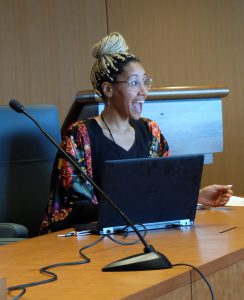

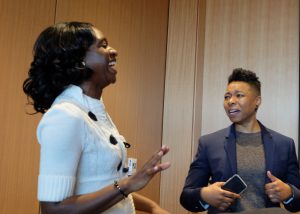
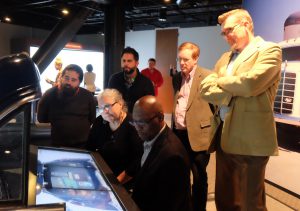

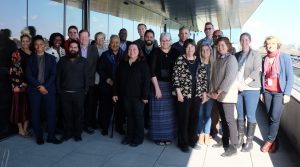


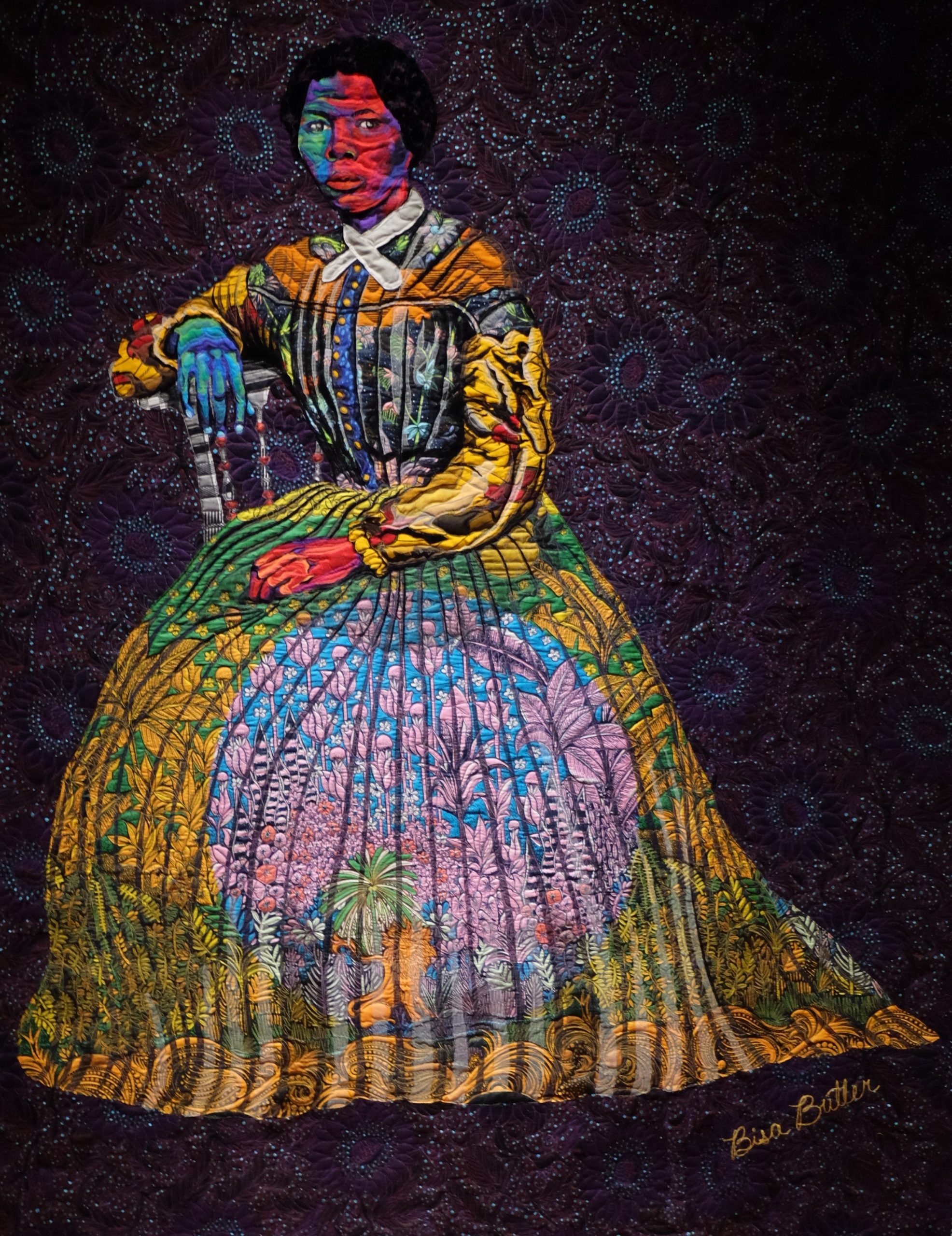
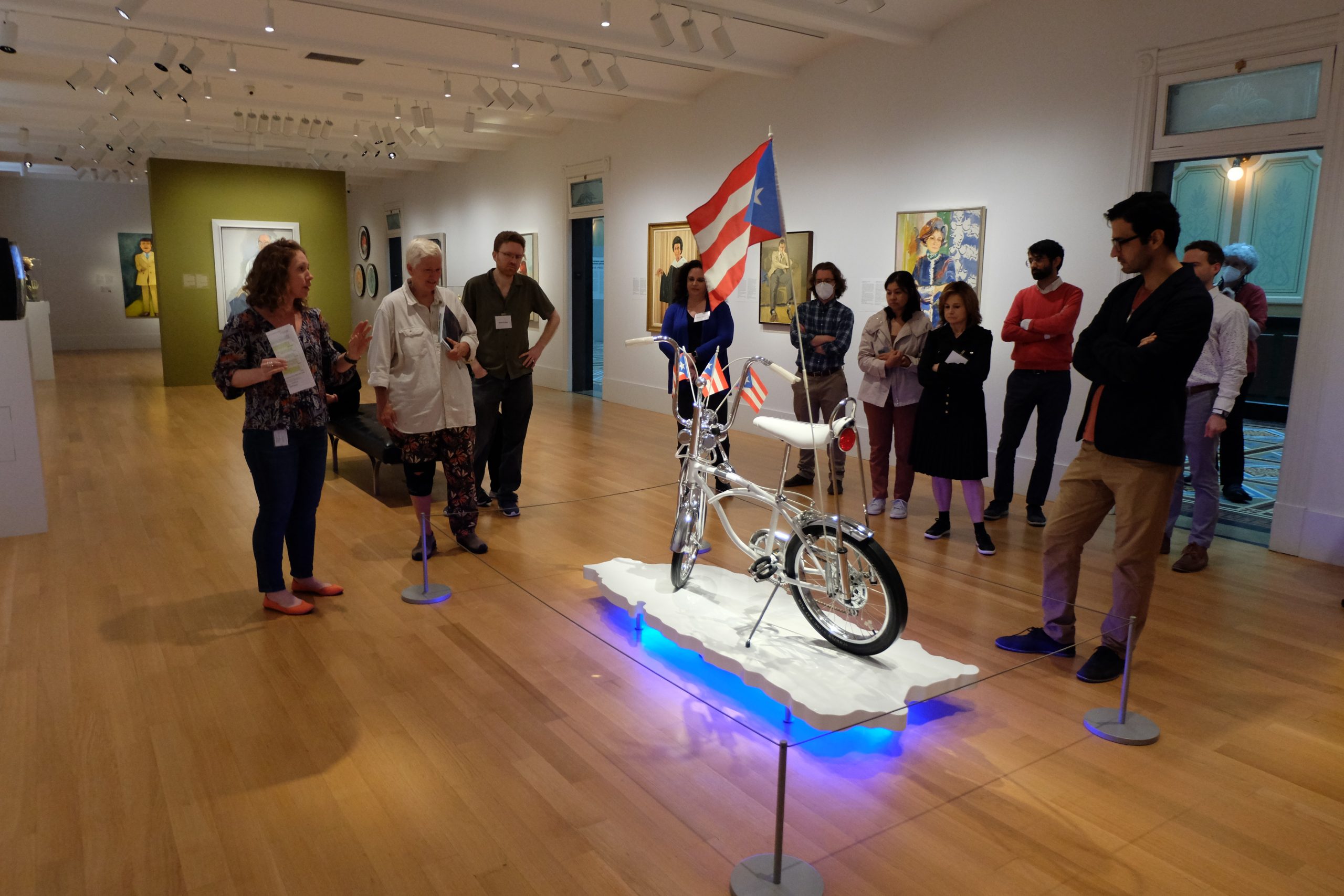
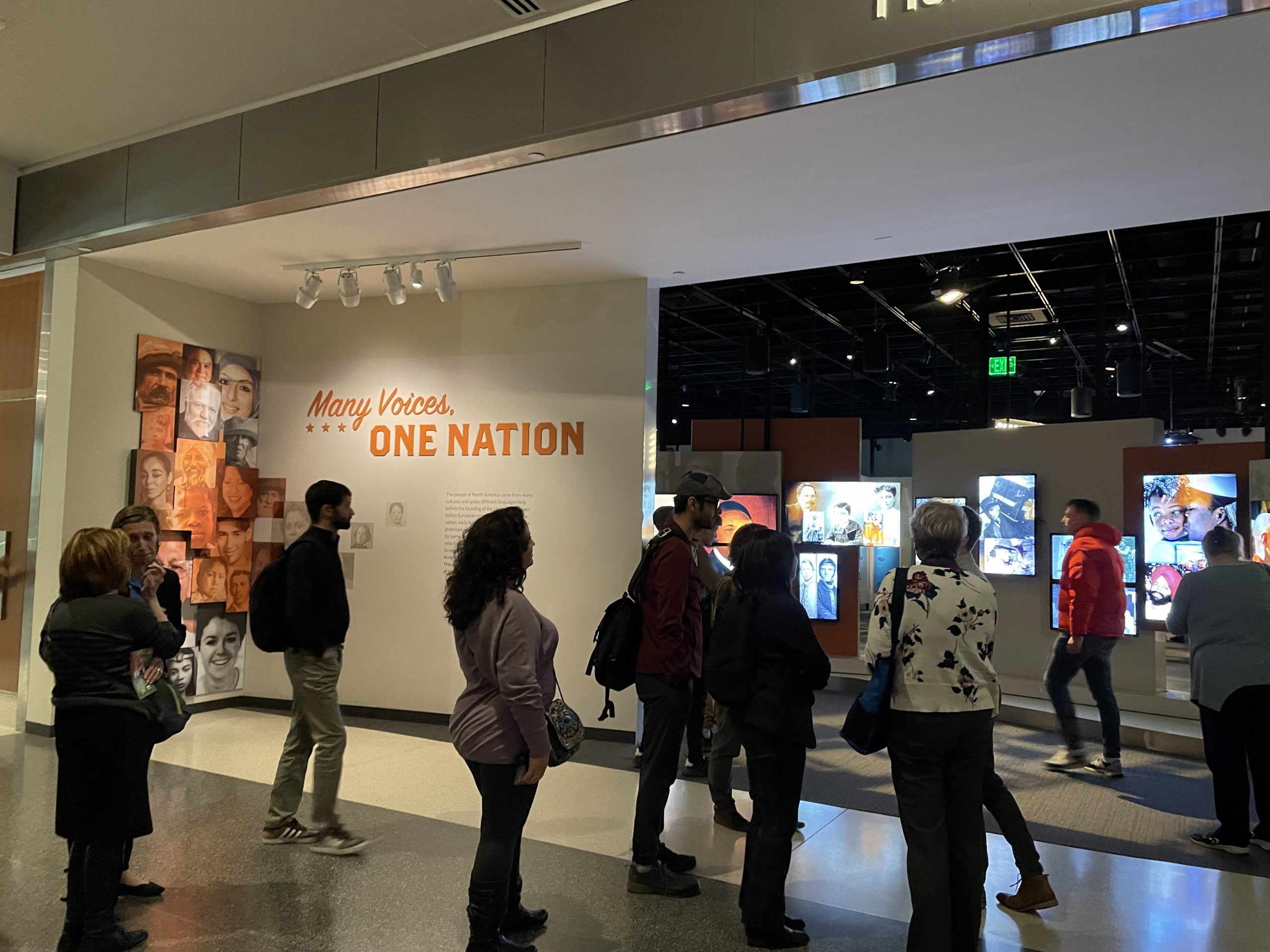
This Post Has 0 Comments